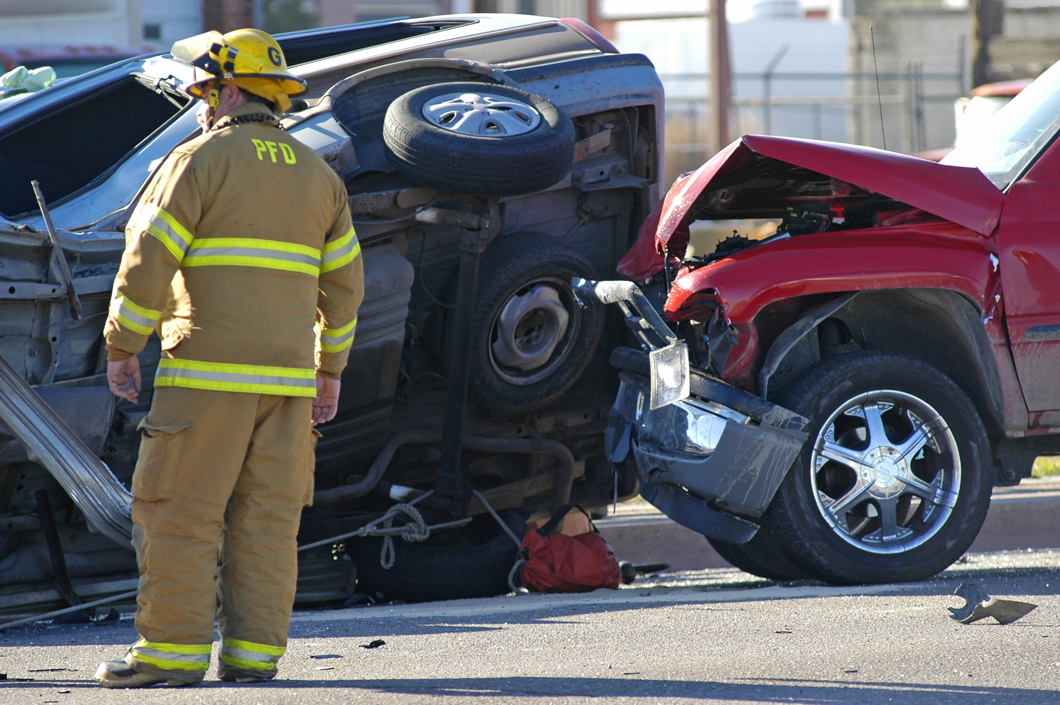
Side impact collisions, also sometimes called T-bone accidents seem to come out of nowhere and can cause tremendous devastation. The Insurance Institute for Highway Safety, a nonprofit dedicated to reducing losses, deaths, injuries and property damage from auto crashes found of the 36,096 Americans who died in vehicle crashes in 2019, 23 percent of those deaths happened because of side impacts. Many, many more drivers and passengers experienced personal injury.
While auto manufacturers reinforce door panels, doors still don’t provide the same amount of impact protection as bumpers and crumple zones in the front and rear of a vehicle. When personal injury occurs in a side impact collision, those injuries are often very serious. We work with Texas and Louisiana residents to get the compensation they deserve for their pain and suffering.
Why Side Impact Crashes Occur
Vehicles most often get T-boned at intersections, when one driver is stopped or just beginning to enter the intersection and the other driver broadsides them. The at fault driver might have been
- Speeding
- Texting and driving
- Disregarding posted traffic signs or stop lights
- Driving recklessly
- Cutting across traffic lanes while turning left
- Failing to yield
- Ignoring posted “no turn on red” signs
- Driving under the influence
Sideswipes are a little different from T-bone collisions. They usually occur when two vehicles are traveling in the same direction and one car veers into the other. Sideswipe accidents happen when drivers are tired or distracted and they swerve into another lane, when they change lanes without checking first, or when they fail to yield while turning.
Determining Fault in Side-Impact Collisions
We help drivers establish liability and prove the other driver was not acting responsibly. In this type of accident sometimes it’s tough for insurers to determine fault, so it’s always a good idea to talk with a personal injury attorney as soon as you are able after your accident occurs.
Often the police report will note what happened based on what law enforcement observed at the scene. It’s helpful to have input from witnesses. Police can also determine what might have happened using skid marks and looking at where the vehicle was damaged.
We help individuals use the police report, witness statements, photos, traffic camera videos and other evidence to show:
- The at-fault driver had a duty of care to maintain control of their vehicle
- They violated that duty of care
- Because they did, your injury was a direct result.
Injury Types in T-Bone Accidents
Everyone in the vehicle is violently jolted in a side impact collision. The person on the side that takes the hit is most vulnerable. Sometimes secondary crashes occur when a car rolls over or slams into other vehicles, guardrails and other objects. These are just some of the injury types that may occur:
- Head injuries – Concussions, skull fractures, intracranial bleeding and traumatic brain injuries
- Back and neck injuries – Whiplash, spinal cord injuries, herniated disks and spinal fractures are common
- Bone fractures – Multiple or complicated fractures may occur in the hands, arms, legs, ribs, wrists and other bones
- Lacerations – Glass frequently shatters in side impact collisions. Airbags can also puncture, burn and lacerate as they deploy
- Internal injuries – Organs weren’t meant to experience violent impact and might be punctured or ruptured
- Soft tissue injuries – Muscles and ligaments get stretched, jolted, torn, strained and sprained
If you were injured when someone T-boned or sideswiped you, we can help you get compensation for what you suffered. Schedule a complimentary consultation to find out more.

